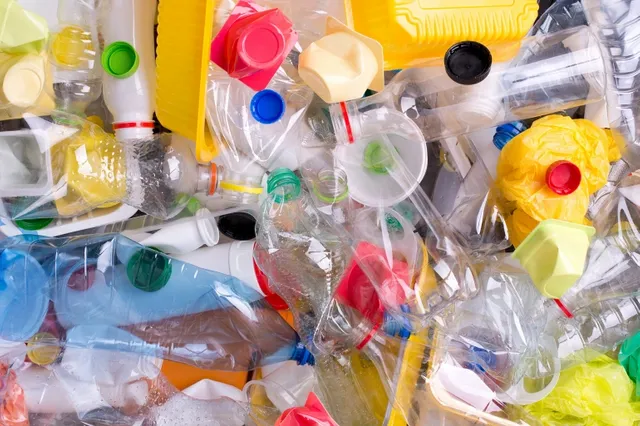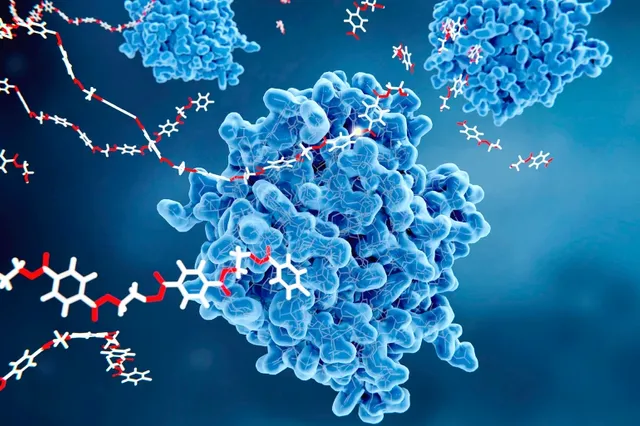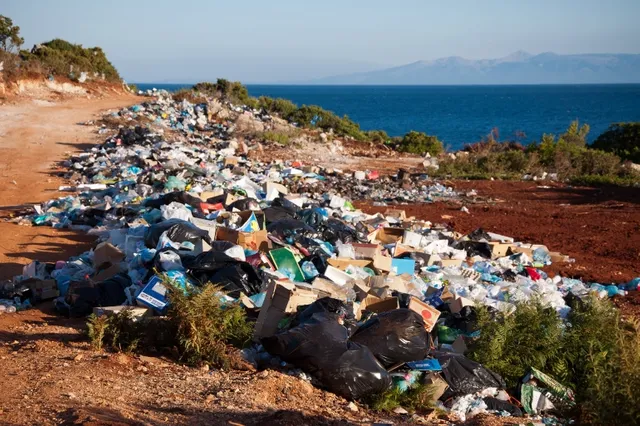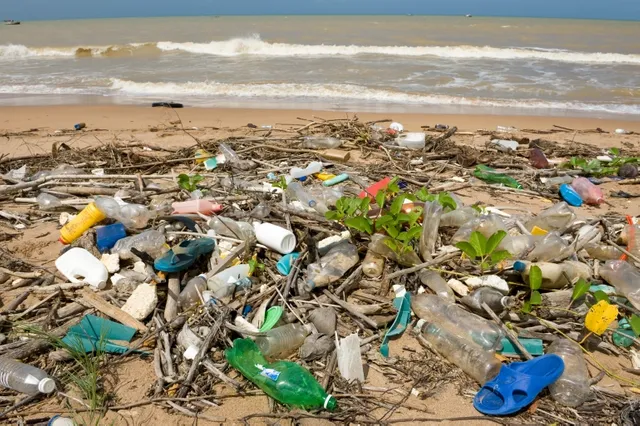Inventing an enzyme that can digest tons of plastic in hours
Researchers from the University of Texas at Austin announced that they have used artificial intelligence to create an improved type of enzyme that can eliminate tons of plastic in just hours.
According to the study published in the journal Nature, the researchers named the enzyme "FAST-PETase", and it was specifically created to reduce the time it takes to break down and break down plastic components that suffocate the environment, and usually take centuries to process. decompose.
The researchers hope that this innovation will help solve one of the world's most pressing environmental problems, the problem of billions of tons of plastic waste accumulating in landfills, polluting land, water and ecosystems on the planet.
Source: websites

Some advantages of the enzyme
A report from Science Alert says that at present, the most common way to get rid of plastic is to throw it in a landfill where it rots at a very slow rate, or burn it, which costs a lot, consumes a lot of energy, and fills the atmosphere with gases. harmful. Thus, it is clear that there is an urgent need for alternative strategies, and the creation and development of this enzyme may be one of them.
According to the press release issued by the University of Texas at Austin, scientists believe that this discovery will accelerate the recycling of plastic, and lead to a revolutionary change in plastic recycling technologies.
On the advantages of using the developed enzyme, Professor Hal Alper, professor of chemical engineering at the University of Austin, says, “There are unlimited possibilities for the uses of this enzyme, and there are also endless possibilities to benefit from this pioneering recycling process, and in various industrial fields, other than the waste management used previously. in the disposal of plastic waste.
"This innovation provides better opportunities for industrial sectors to take the lead in recycling their products, through these more sustainable enzymatic methods, with which we can begin to achieve a true circular plastic economy."
On the other hand, the university statement said that the developed enzyme works to break down the plastic into small parts, and then reassemble it chemically, as the plastic is disposed of by a “circular process” to break the plastic into smaller parts, known as the depolymerization process. ), then it is chemically recombined in what is known as repolymerization, and using these chemical processes new plastic products can be formed.
The statement also states that in this study - which resulted in this innovation - the researchers used artificial intelligence techniques to generate new genetic mutations in a natural enzyme called PETase that allows bacteria to degrade and modify polyethylene terephthalate plastic.
Also, using artificial intelligence techniques, genetic mutations have been identified that can degrade plastic faster under different environmental conditions, and that it would rapidly depolymerize at relatively low temperatures close to room temperature in normal conditions.
This enzyme was applied to 51 plastic containers, 5 polyester fibers and fabrics, and water bottles, all made of "PET", and the researchers demonstrated the effectiveness of the enzyme.
new Horizons
Although research on plastic recycling enzymes has progressed over the past 15 years, so far, this research has not been able to make enzymes that can work efficiently at low temperatures and at reasonable prices on a large industrial scale.
In contrast, scientists believe that "Fast Bee Tease" can do this at less than 50 degrees Celsius. Thus, they hope to use their discovery to clean up landfills and other polluted sites.
Therefore, the scientific team plans to work on increasing the production of the enzyme for industrial and environmental application, as they are looking into several different uses of this enzyme, including cleaning landfills and greening high-production industries, although the main potential use is environmental treatment.
“When you think about environmental cleaning applications, you need an enzyme that can work in the environment at ambient temperatures, and this has a huge advantage for our technology in the future,” says Alper.


